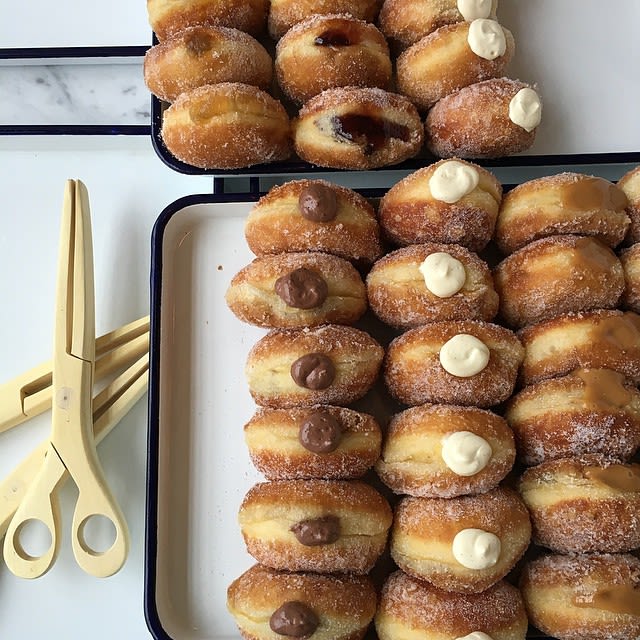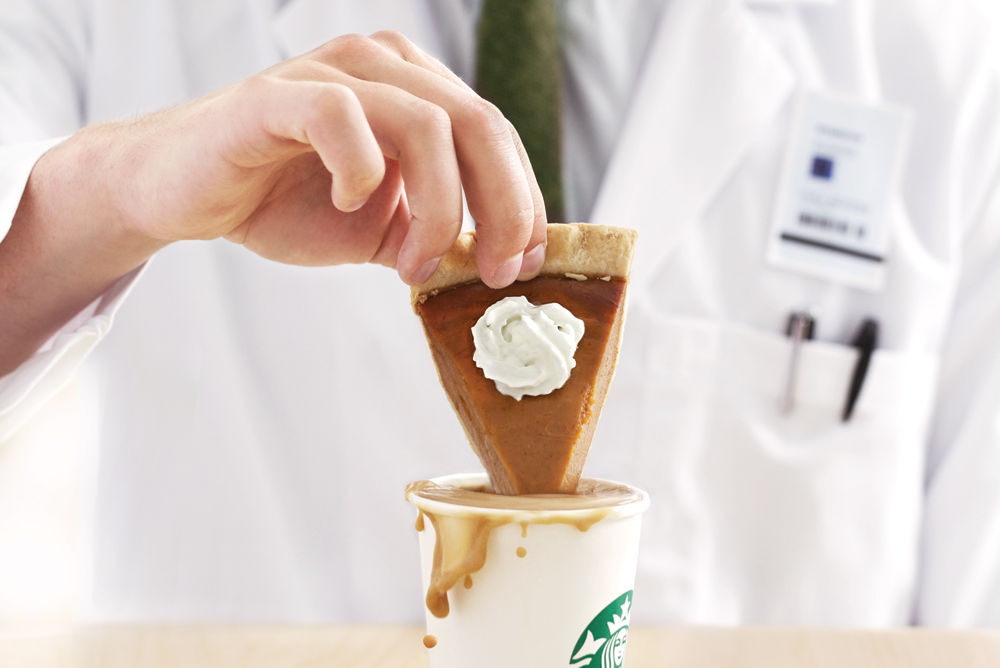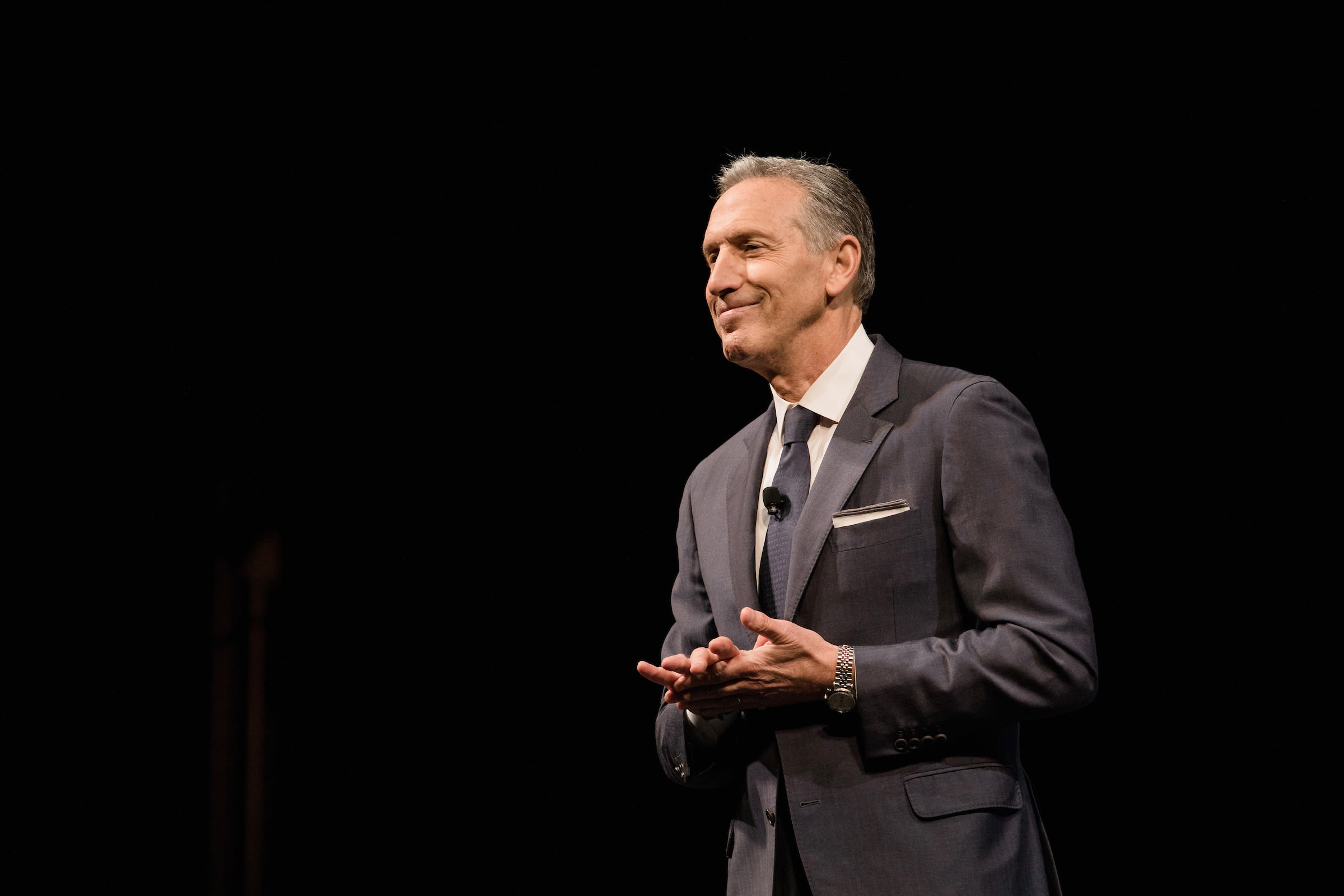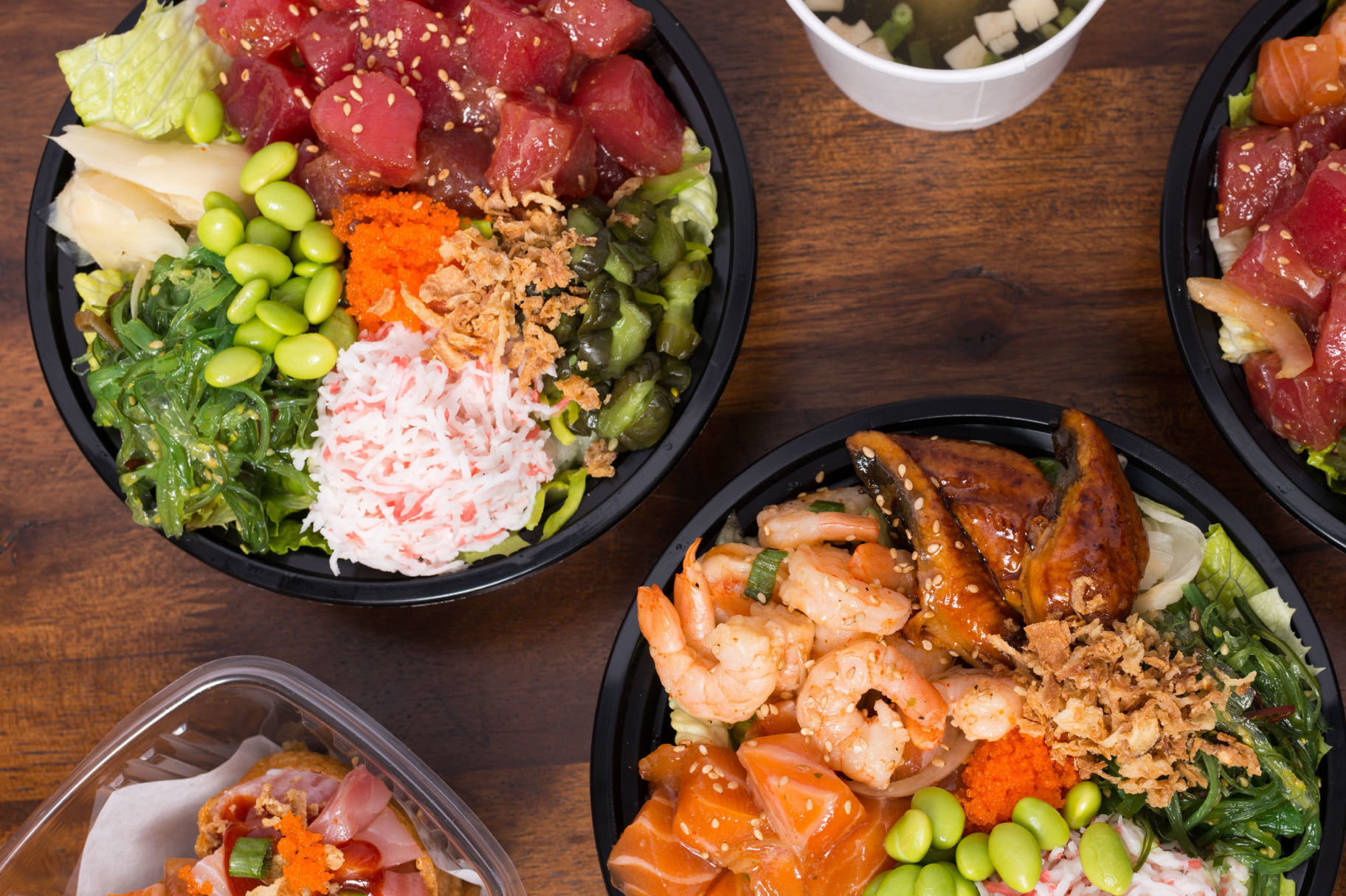11 Seattle Eateries That Expanded to Other States

Image: General Porpoise Doughnuts
Beecher's Handmade Cheese
Since the Pike Place Market marvel started crafting cheese back in 2003, it's expanded to two other outposts in the region (soon three, when a cafe opens in Paine Field Airport) and to New York's Flatiron District. There are no tables in the original location, but still it’s one of the must-stop joints in the Market for its glassed-in views of cheesemakers at work. That’ll put you in the mood for a dish of Beecher’s mac and cheese, right up there with salmon and cherries as one of Seattle’s culinary signatures. You can eat it while walking around; everyone else is.
Caffe Vita
Owner Michael McConnell has managed to grow an upstart coffee shop that catered to musicians into one of the largest coffee companies still under independent ownership more than two decades later. Caffe Vita has locations in Los Angeles, New York, and a presence in airports across the country, yet it remains indelibly local. Coffee skews towards darker, Italian-style roasts, much like most Vita cafes: The lights are generally low—more like a bar where you might make some dubious decisions shortly after midnight than a destination for reading the Sunday Times.
Cinnabon
Before cronuts, cake pops, or cauliflower crusts—heck, before social media-fueled food trends of any kind—there was Cinnabon. America’s most loved and hated food court fare was born in Seattle in 1985. Its creators, Seattleite Rich Komen and fellow Washingtonian Jerilyn Brusseau, set out to sweep the nation with a concession so sinful it was sure to induce fanaticism from the Puget Sound to Pennsylvania. Were they successful? Get a whiff of any mall in the nation (or abroad, for that matter) and decide for yourself.
Costco Food Court
Massive hot dogs, froyo swirls, and pizzas that dwarf their paper plate receptacles: Costco's food court may not be a Seattle eatery in the traditional sense, but what it lacks in ambiance it makes up for with can't-be-beat prices, huge portions for said low prices, and national name recognition.
General Porpoise
Smitten by the fried dough at St. John in London, Renee Erickson created custard and cream-filled doughnuts in its image. The lemon curd is an especially bright and citrusy reminder that fried things can be wonderfully light and airy. In the past year, the Capitol Hill cafe has expanded across Seattle into Pioneer Square, Laurelhurst, and the Spheres—mostly just open to Amazon employees, sadly—and now Erickson's spreading the doughnut gospel in LA too.
Grand Central Bakery
Back off, Portland: Seattle lays claim to Grand Central, which got its start here back in 1989 and didn't expand south for another four years. Hot and cold sandwiches, like the mediterranean tosti—featuring Beecher’s Flagship cheese—and the basil egg salad, show off Grand Central’s hearth baked bread, but seasonal hot dishes, breakfast cuisine, and hand-formed pastries take the menu beyond typical bakery fare.
No Bones Beach Club
The palm-thatched, bamboo-adorned evolution of the No Bones About It vegan food truck has morphed into fully formed coastal-inspired plant-based restaurants first in Ballard, then Portland, and now Chicago too. Seattle has its fair share of dreary weather to be sure, so No Bones Beach Club was born a bastion of tiki-inspired cocktails and an oasis of paradise. Truly, it doesn’t get more offbeat than “vegan tiki bar.” Surfboards hang on the walls, Blue Crush plays on the TV over the bar, and just about every table has a towering plate of nachos, with cashew and smoked poblano faux queso as a decadent stand-in for the real thing. It’s food even an omnivore can love, and you’d have to be made of stone to resist a boat drink (painkillers, mai tais, a creamy coconut mojito) bedecked with a paper umbrella.
Red Robin
What’s better than a chocolate milkshake? More chocolate milkshake. (Same goes for another round of steak fries tossed in that Old Bay-esque seasoning or bottomless, strawberry-muddled Freckled Lemonade.) With its generous round-two (or three or four) policies, it’s no wonder Red Robin has spread like wildfire from the Northwest to strip malls across the U.S. The family-friendly staple of modern Americana began as a college-bar-turned-burger-joint in Seattle’s Montlake neighborhood in 1943. You can’t visit the original location anymore (it shuttered in 2010), but don’t worry, there are more than 500 others to choose from. And yes, it is named for that jolly 1920s tune.
Revel
It’s eye-popping, rule-breaking Korean-fusion comfort food—pork belly kimchi or smoked herring chermoula pancakes, short rib and pickled shallot dumplings, seaweed noodle bowls with dungeness crab and creme fraiche—temporarily served in South Lake Union while its Fremont home is redeveloped. The casual spot from the folks behind Joule is on the short list of must-visit Seattle restaurants—and its Portland counterpart Revelry is a top pick too.
Rhein Haus
A massively tricked out German-style beer hall, dripping with chandeliers and reclaimed wood paneling and finished off with some bocce ball courts—it’s an unconventional combo, but man Rhein Haus is fun. The lineup of housemade sausages—kielbasa, cheddarwurst, nurembergs—is impressive but the spiral-cut fried potato impaled on a stick is drinking food at its sartorial best. The beer list is long and split between German brews and local ones (often in German styles). Denver has its own version of the bier den, though closer to home there's locations in Tacoma and, more recently, Leavenworth, perfect for those who want to go all in on a Bavarian fantasy.
Starbucks
The coffee chain to end all coffee chains. The inventor of the revered pumpkin spice latte. And the company whose former CEO may just run for president. Before it was a corporate behemoth, Starbucks got its start in Pike Place Market in 1971. Now 48 years later, it's got almost 30,000 stores...and you know the rest.




